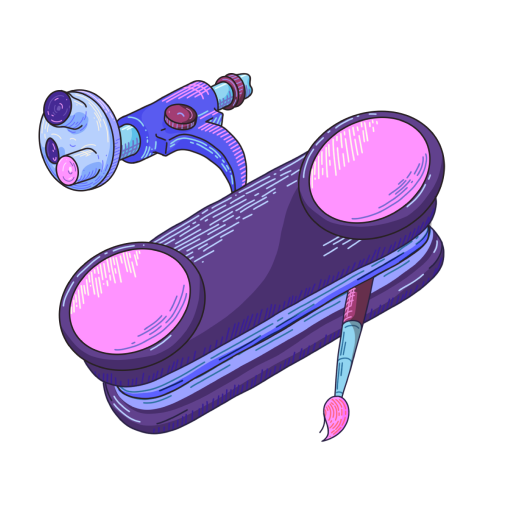THE FEMALE
DVARAPALA
you can touch the artefact here
you can touch the artefact here
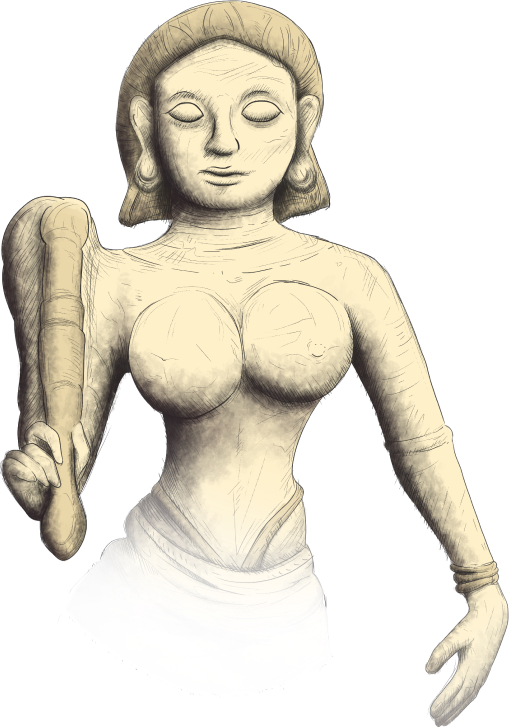
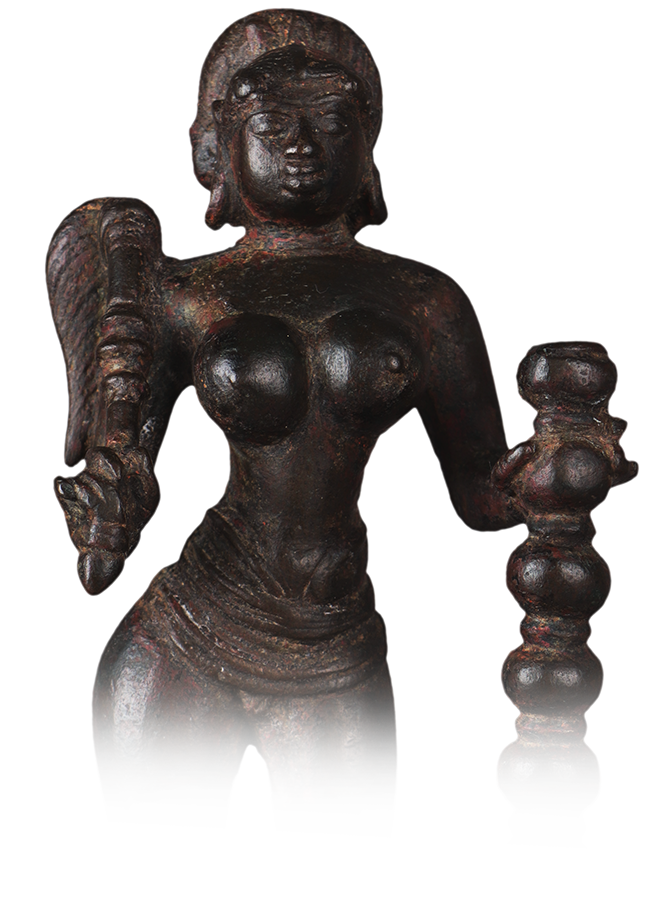
Is a guardian of the door that provides access to a god. Made in bronze, she stands as a protector and a keeper.
-
What does ‘Dvarapala’mean?
In Sanskrit - dvarpala means 'door guard'
-
How big is it and what is it made of?
This statue is 22.3 * 8 * 7.6 cm in size and is made in bronze using the lost wax casting technique.
-
Where is this statue from and how old is it?
It is from Karnataka, and was made in the 10th century CE. Thus is over 1100 years old.
-
What am I
looking at?A small stutue of a female guadian who oversees the home of gods, know as dvarapalas.
KNOW MORE
-
1
Looks straight with wide open eyes and particularly thick lips
-
2
Holds a chauri
-
3
Hand rests on a long club
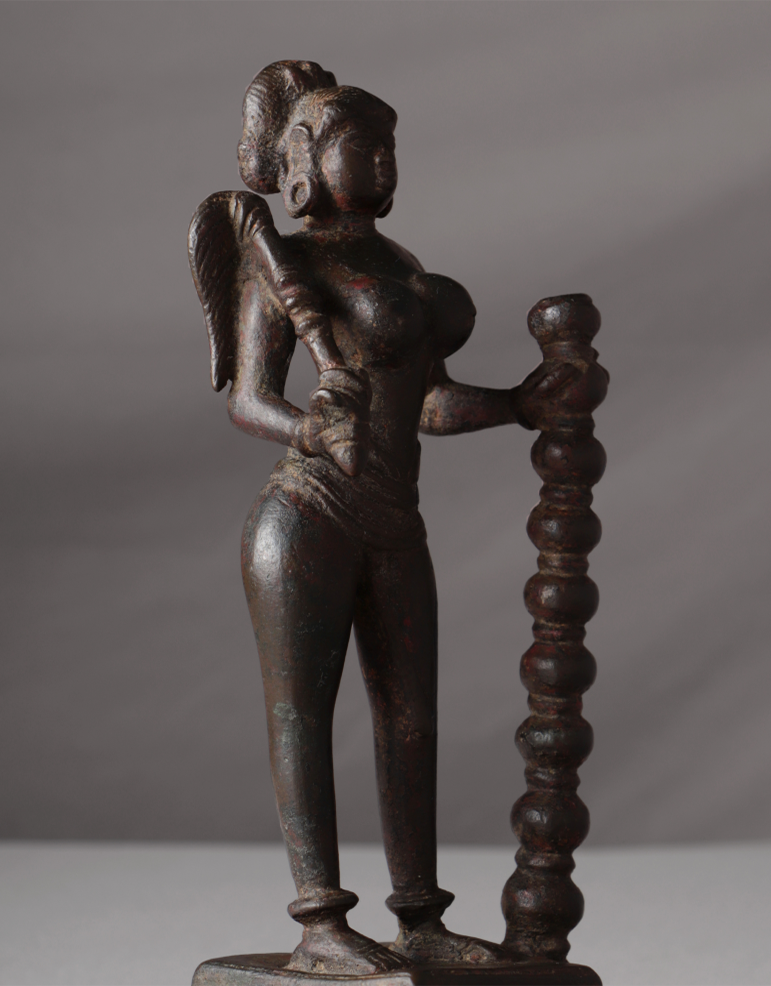
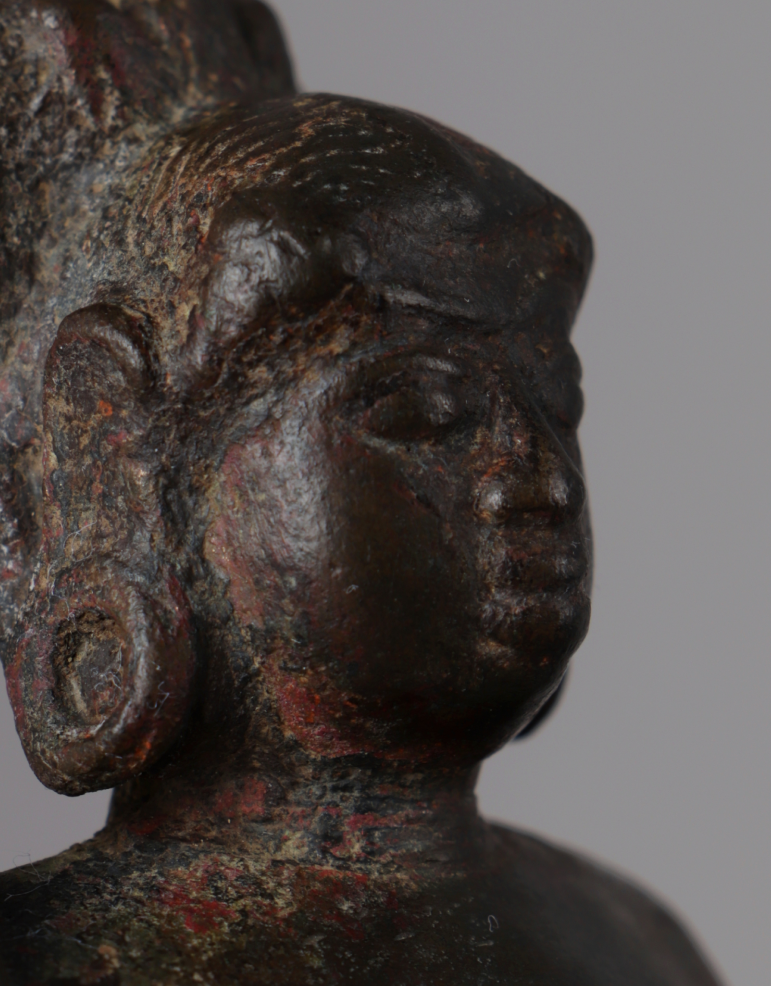

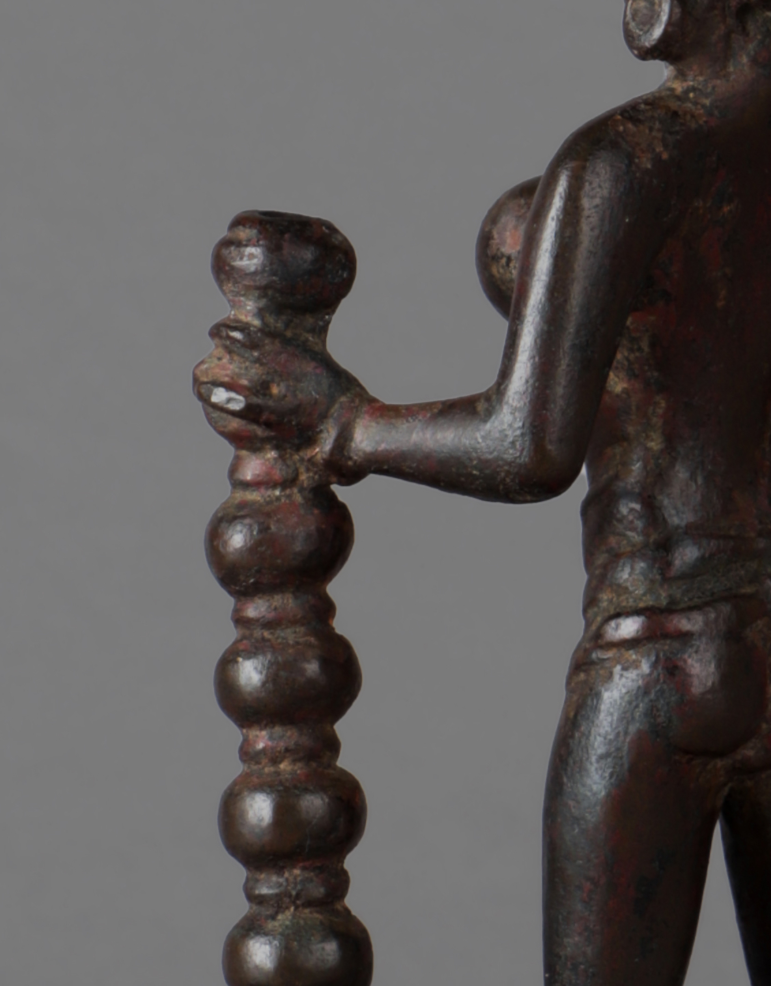
Though generally the position of a dvarapala is given to men, Indian text often refer to female guards as yavanis.
The Divyavadana book mentions how female guards were employed by kings and that women from Karnataka were particularly employed in such roles.
Hidden Fact
Dvarpalas have been used in South and Southeast Asian Hindu, Jain, and Buddhist temples, palaces and buildings for a long time. Depending upon the wealth and size of the temple, it may have different numbers of dvarapala sculptures: from 1 or 2, sometimes even up to 12 dvarpalas and 4 cardinal lokapalas.
And
did you
know...

India
In 10th century India, when this dvarapala was made in Karnataka, artists were using bronze to make exquisite sculptures all over South India. Some of the most beautiful statues were produced during the Chola period in Tamil Nadu from 10th to 12th century CE.
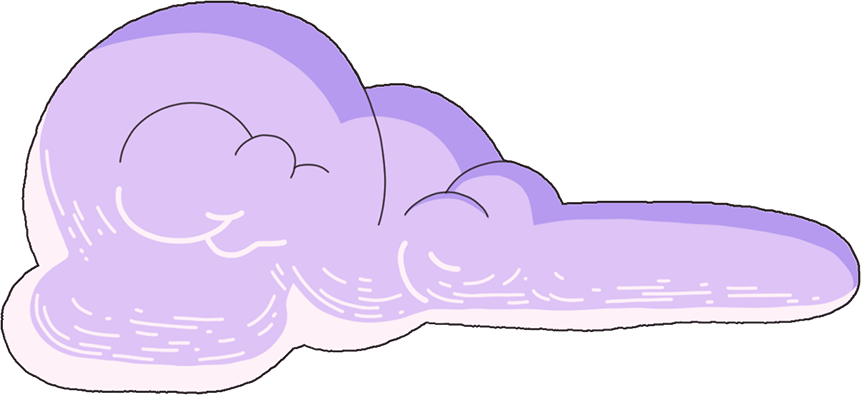










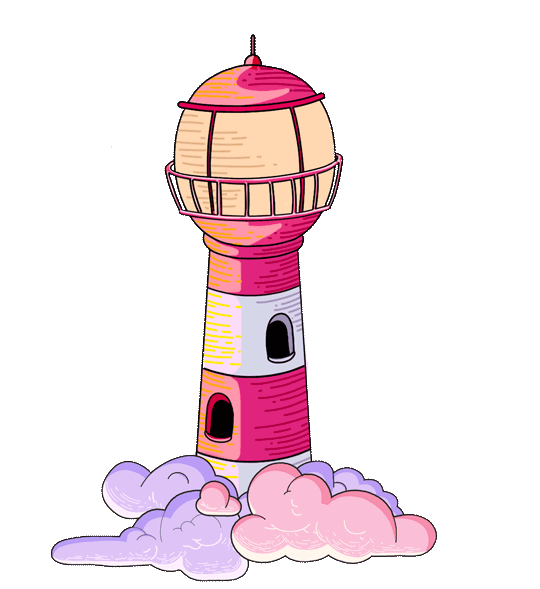

India
In 10th century India, when this dvarapala was made in Karnataka, artists were using bronze to make exquisite sculptures all over South India. Some of the most beautiful statues were produced during the Chola period in Tamil Nadu from 10th to 12th century CE.
where it came from
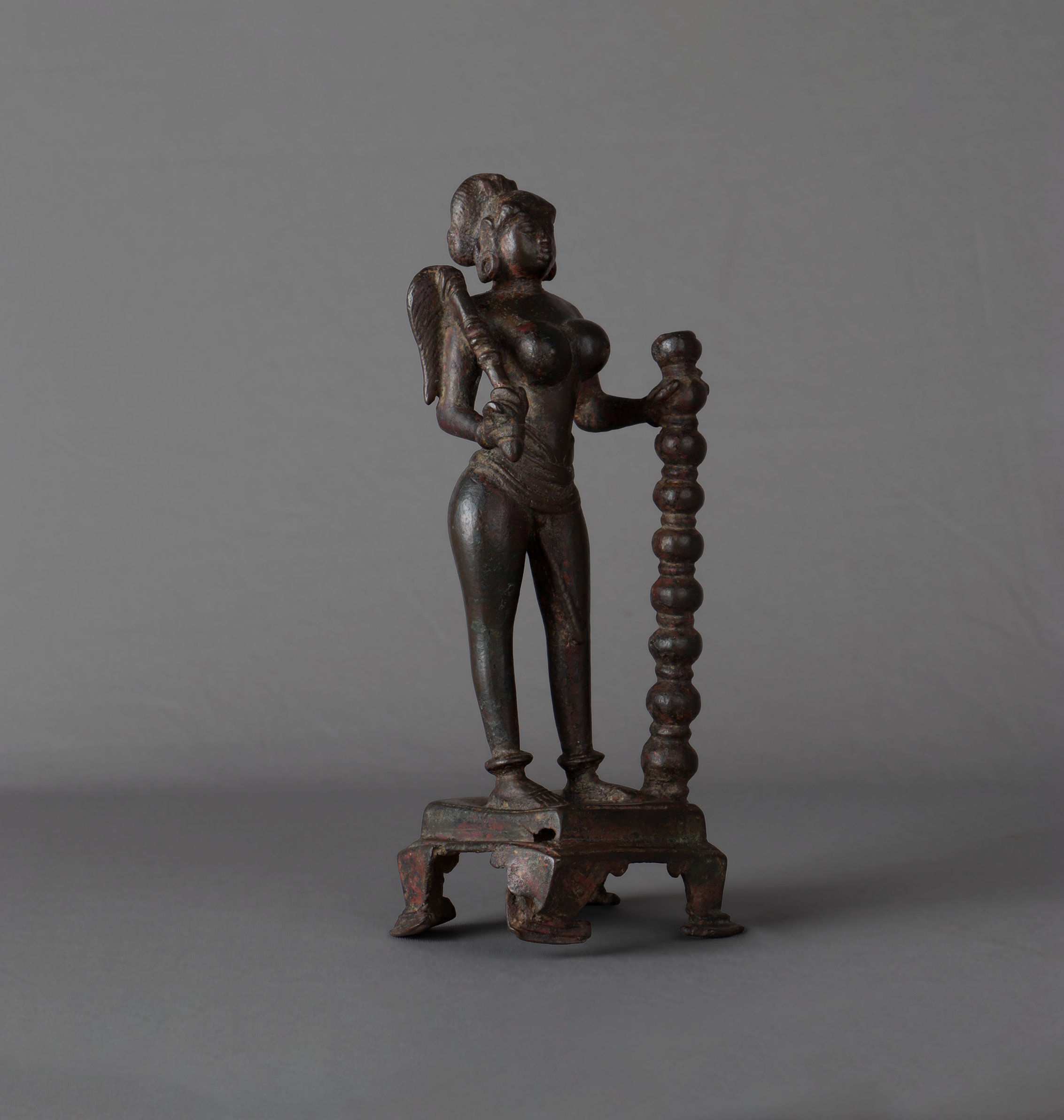
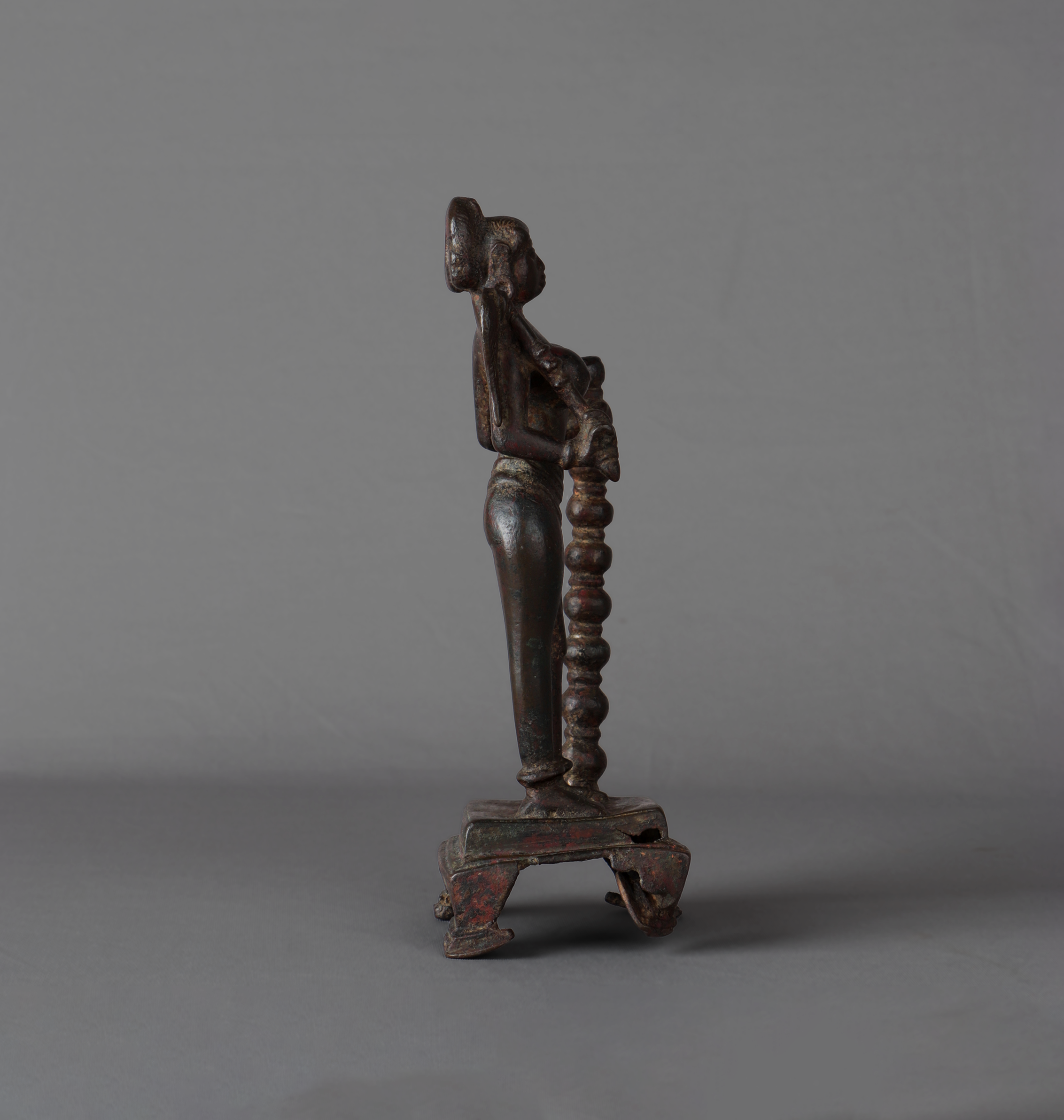
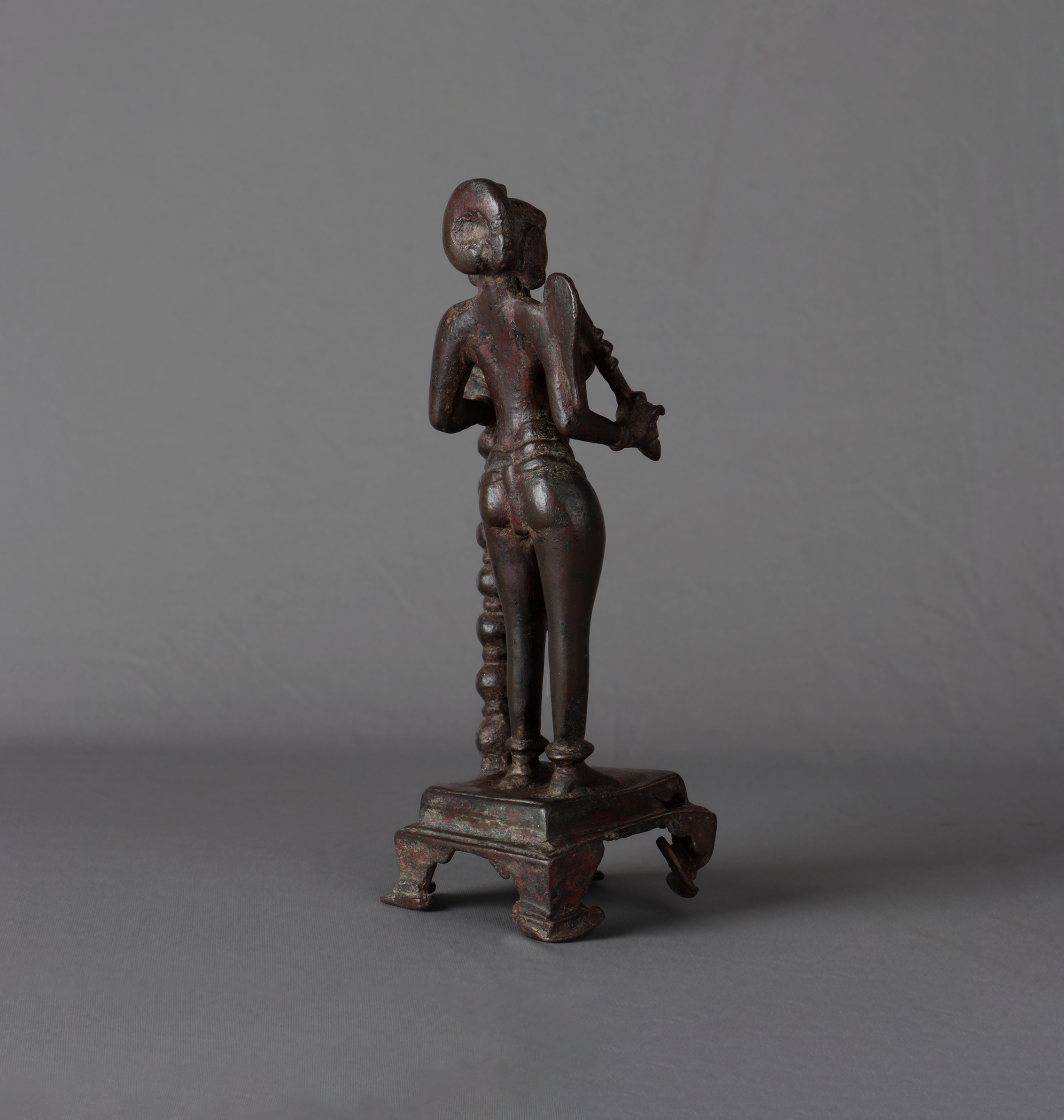

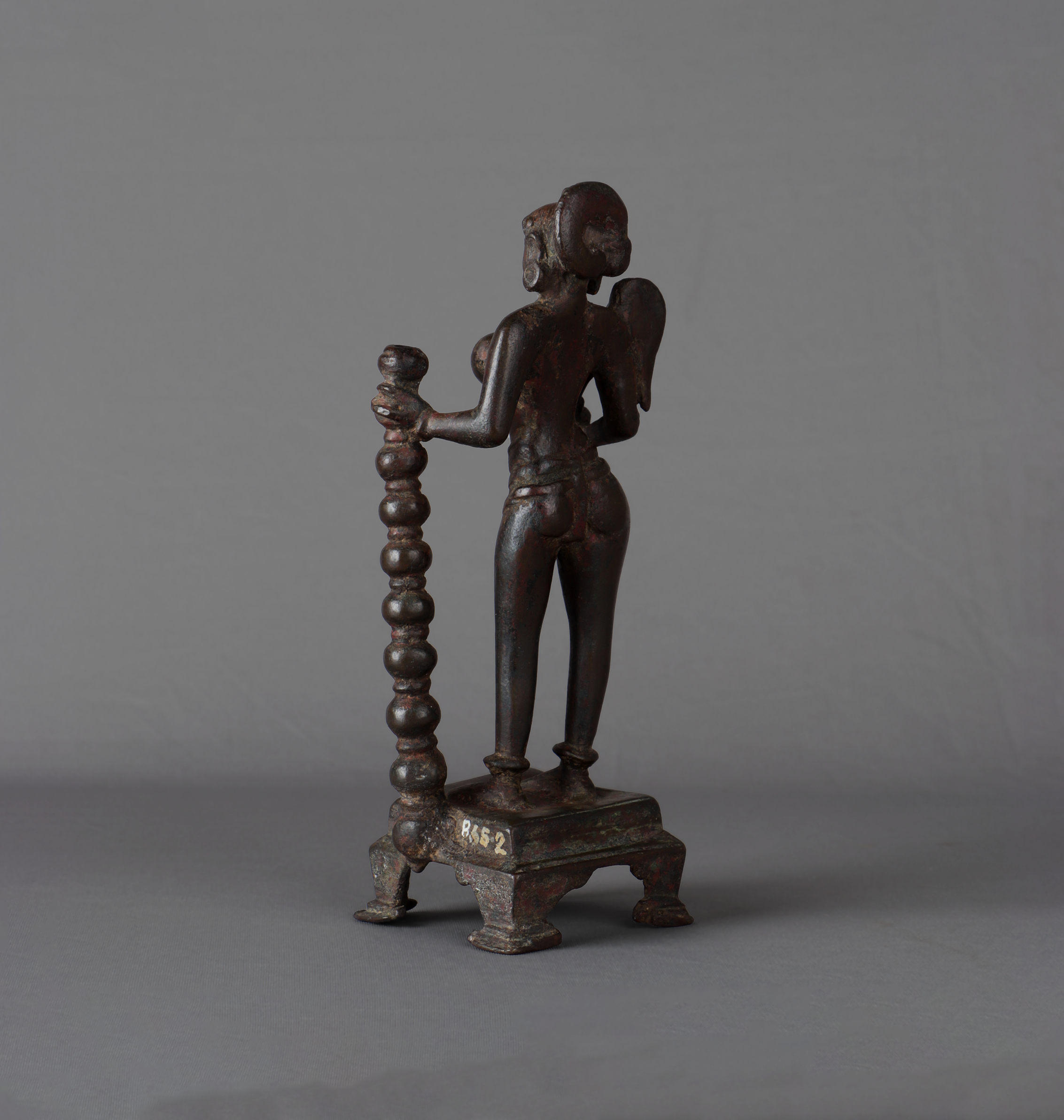
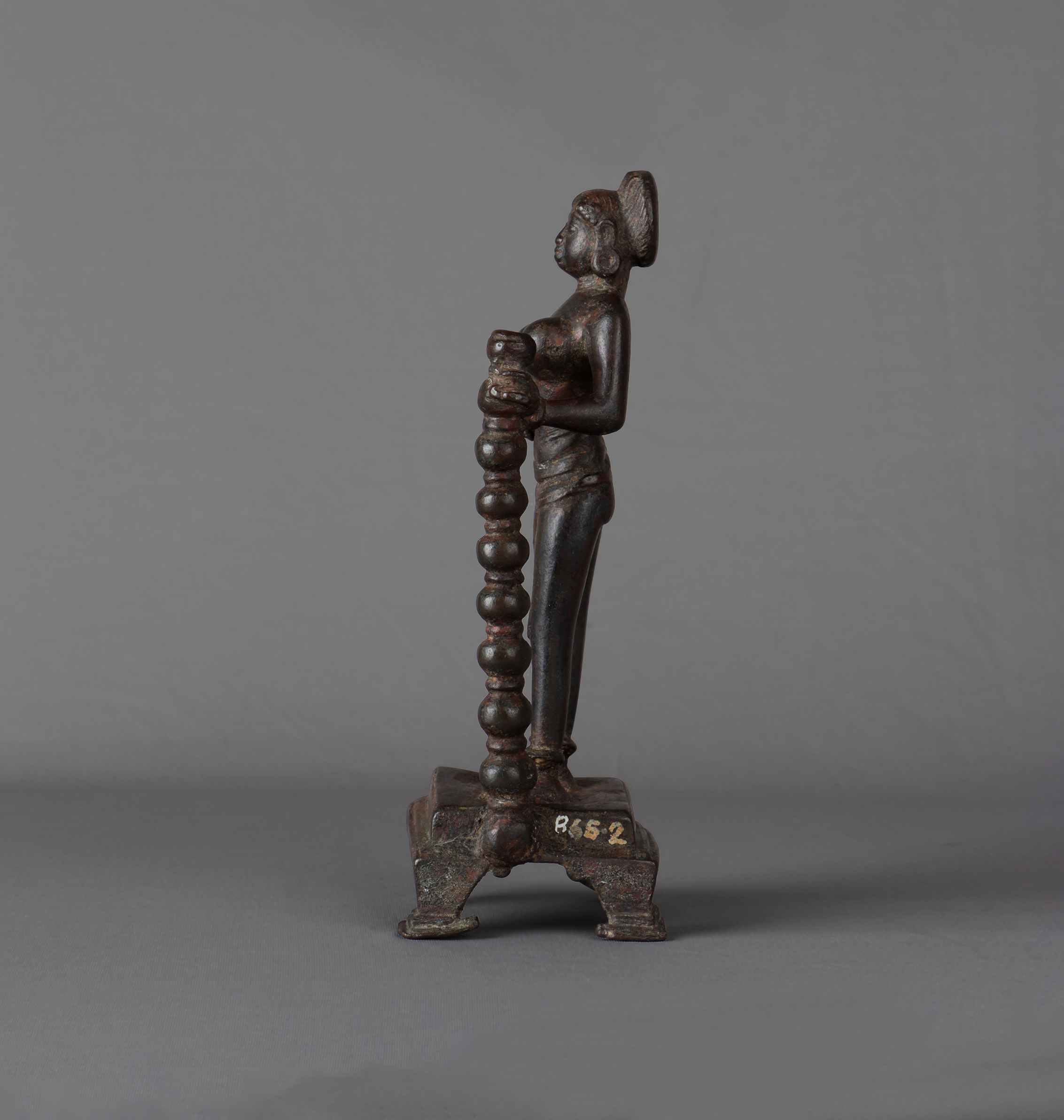
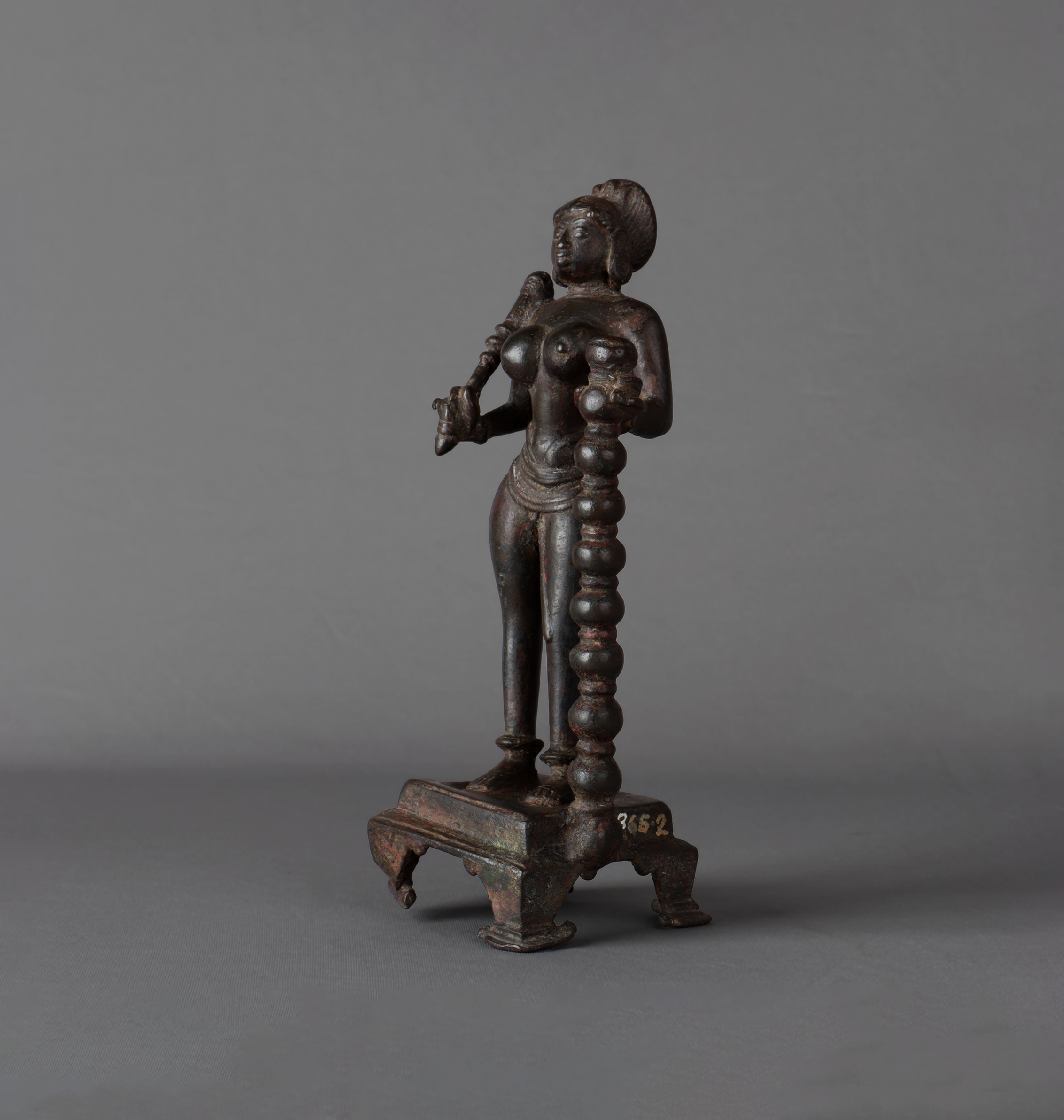

The Casting
Process
This statue was probably created through the casting process. Casting has a long history, and developed along with other processes of metalwork like hammering around 2500 BCE (over 4,500 years ago)

See how it’s made
click and drag to Continue reading
One of the main methods in casting is a procedure called
Lost wax
where a wax copy of the object is used to create an impression on a metal proof surface like sand or metal-proof mud. The wax is then melted, leaving behind a ‘mould’ of the object.
Beeswax being moulded
and sculpted
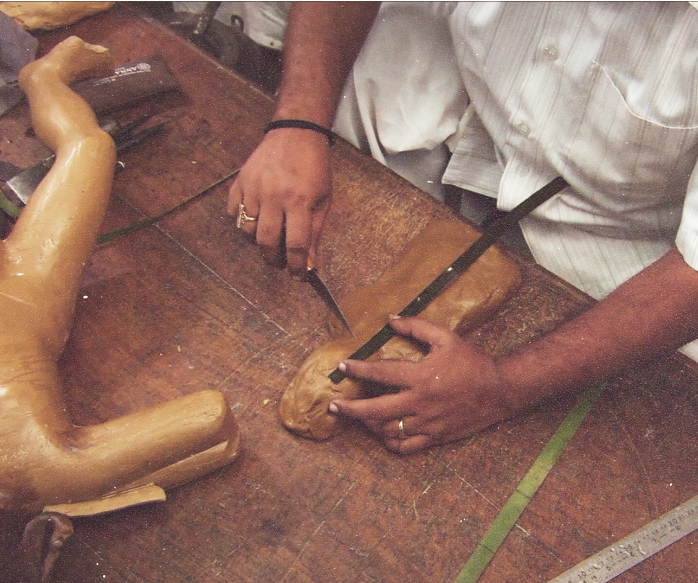
Melted metal is then poured into the impression. Once the metal has solidified, finer details are carved in by using specific tools.

Melting the beeswax out of the metal-proof mould

Molten bronze being poured into the mould
Thus, you can imagine an artist making the female guard in wax, covering it with husk and mud, melting the wax, and then filling the mould with melted metal; then breaking the metal-proof mould to reveal the statue.
ACTIVITY
Dvarapalas were often shown with angry or scary facial features or with weapons, so you would fear them.
Click here